The concept of tempo rubato, or "stolen time," stands as one of the most enchanting yet elusive techniques in Romantic piano performance. Unlike the metronomic precision demanded by Classical composers, Romantic musicians like Chopin and Liszt embraced a fluid, breathing approach to tempo—a practice that continues to spark debate among performers and scholars alike. At its core, rubato represents not just a technical device but a philosophical stance: the subordination of rigid structure to emotional truth.
Historical accounts describe Frédéric Chopin’s playing as "a tree bending in the wind"—the roots (left hand) maintaining steady rhythm while the branches (right hand) danced with expressive freedom. This delicate equilibrium between freedom and discipline reveals rubato’s paradoxical nature. Modern musicians often misinterpret this as blanket permission for rhythmic indulgence, yet contemporaries noted that Chopin’s rubato never disturbed the fundamental pulse. The artistry lay in making the listener forget the underlying meter while never actually abandoning it.
Carl Czerny’s 19th-century treatise warned that rubato required "as much exact calculation as the most carefully measured passage," highlighting the precision behind apparent spontaneity. This challenges today’s performers to cultivate not just emotional sensitivity but profound structural awareness. The left hand’s steadfast pulse creates the canvas upon which the right hand paints its temporal variations—a duality demanding technical mastery and deep listening.
Recordings from the early 20th century reveal striking differences in rubato application. Comparing Hofmann’s 1913 Chopin Nocturnes with modern interpretations exposes how tempo flexibility has gradually diminished. Where early pianists might take a single phrase through three distinct tempo zones, contemporary performances often exhibit more uniform pacing. This evolution reflects changing aesthetic values—from the Romantic era’s love of rhetorical declamation to modern preferences for structural clarity.
The physiology of rubato merits particular attention. Neurological studies demonstrate that slight rhythmic deviations activate emotional centers in listeners’ brains more intensely than metronomic playing. This scientific validation of Romantic practice suggests rubato isn’t mere ornamentation but a fundamental channel for musical expression. The most effective rubato occurs when temporal manipulation aligns with phrase structure—accelerating through rising sequences, lingering at harmonic points of arrival—creating what theorists call "embodied time."
Pedagogically, rubato presents unique challenges. The traditional admonition to "play what you feel" often produces chaotic results with students. Emerging methodologies propose teaching rubato as a set of compositional principles rather than emotional impulses. By analyzing where Chopin notated tempo changes versus where performers traditionally add them, students learn rubato as a language with grammar rather than pure intuition.
In contemporary performance practice, the pendulum may be swinging back toward greater tempo flexibility. Young competition winners increasingly incorporate bold rubato, signaling a possible Romantic revival. Yet the question persists: how much freedom serves the music? The answer likely lies in Rubinstein’s maxim—"The score is a map, not a prison"—reminding us that Romantic tempo rubato, at its best, liberates the spirit of the work rather than the whims of the performer.
The legacy of Romantic tempo rubato extends beyond classical music. Jazz musicians speak of "laid-back" phrasing, flamenco artists of "aire"—all manifestations of the human need to breathe life into measured time. In an age increasingly dominated by digital precision, rubato stands as a testament to music’s irreducibly human core. Its continued evolution promises to keep the Romantic spirit alive, ensuring that performances never become mere reproductions, but remain vital conversations across centuries.

By /Jul 25, 2025

By /Jul 25, 2025
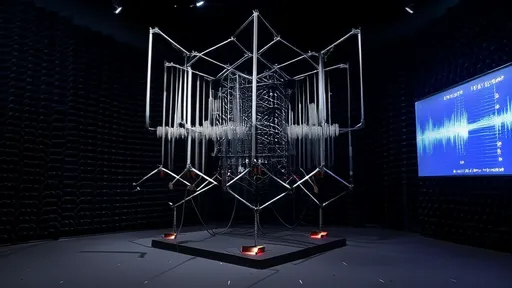
By /Jul 25, 2025

By /Jul 25, 2025

By /Jul 25, 2025

By /Jul 25, 2025
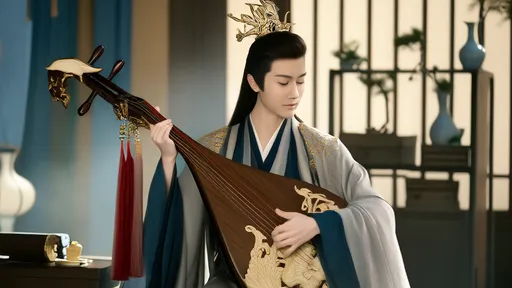
By /Jul 25, 2025

By /Jul 25, 2025
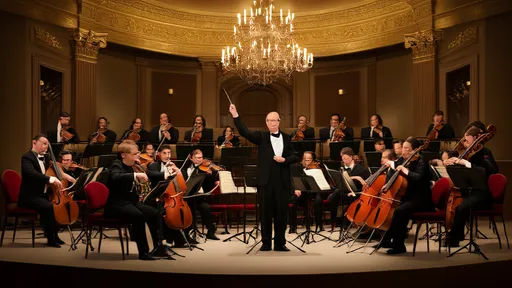
By /Jul 25, 2025
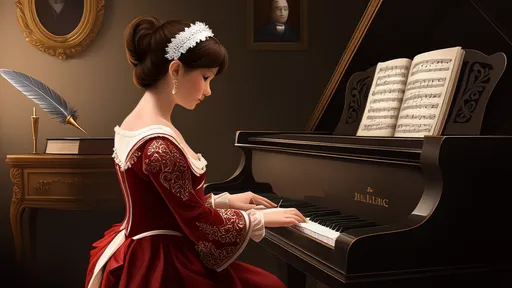
By /Jul 25, 2025

By /Jul 25, 2025
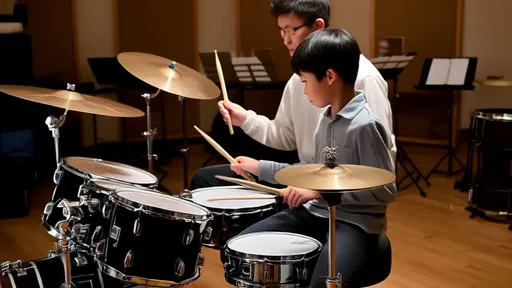
By /Jul 25, 2025

By /Jul 25, 2025
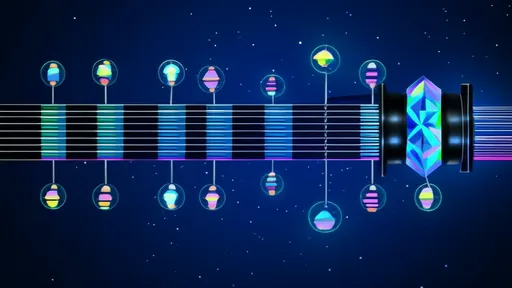
By /Jul 25, 2025
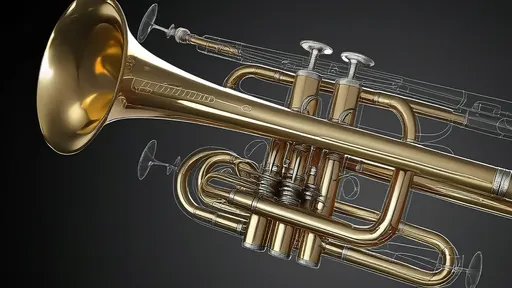
By /Jul 25, 2025
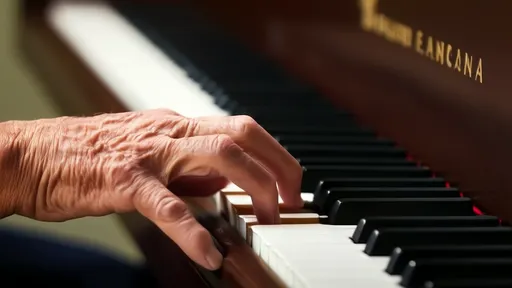
By /Jul 25, 2025

By /Jul 25, 2025

By /Jul 25, 2025